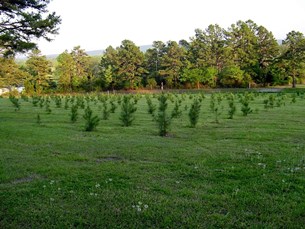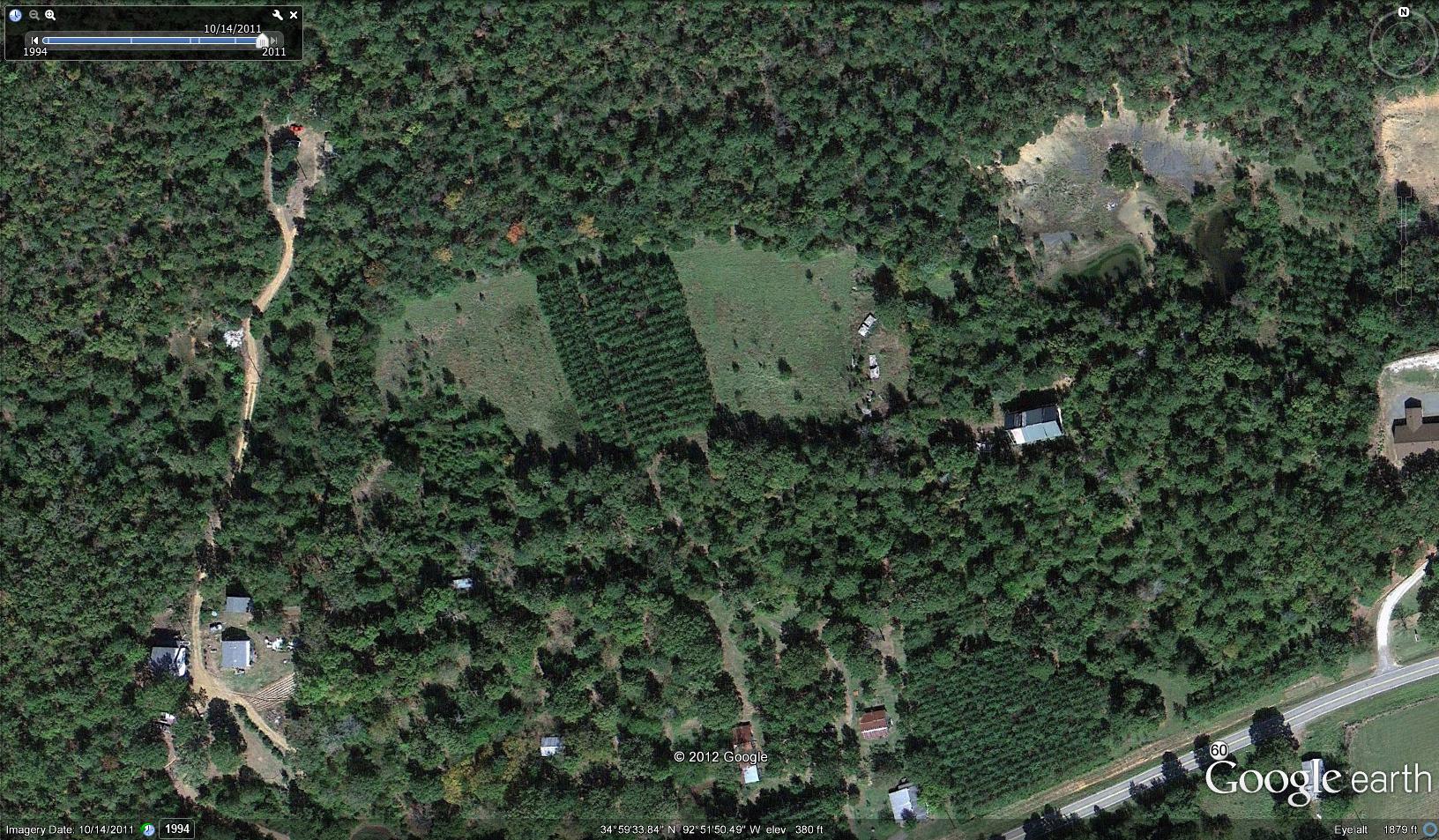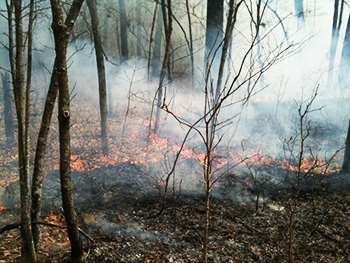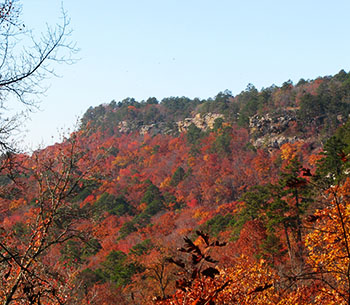
Managing Pine
Are you interested in learning more about managing your pine forest? Click on the link below.
Start exploring pine managementJacob Hackman
Assistant Professor - Forestry Management & Forestry Extension
Email: jhackman@uada.edu
Do you have woodlands and don't know where to start? Woodland management really begins with understanding what you have and most importantly, what you want. You'll find resources and information here to help you get started on managing your woodlands.
A good start is to write down what you believe your goals will be and begin to prioritize them..
Visit the Getting Started section on this website for additional resources to assist with objective setting. You can use the pre-set goals provided by the support tool websites to help give you ideas for what's important to you. These interactive on-line tools will help you determine your goals, map your land, and get started on a management plan.
Why do you need a plan? A written management plan outlines actions and activities designed to help you meet your goals. It serves as a road map for your property regardless of your objectives.

If you live close to your forest land, you can view aerial photographs of your property to your local Natural Resource and Conservation Service (NRCS) office. Most offices have older aerial photographs and can create a copy for your use.
You can also use your county's Soil Survey and look for your land in the aerial photographs included in the book. Although this is a start toward mapping your property, many of these printed Soil Surveys are not up-to-date.
The American Forest Foundation has a great on-line tool entitled My Land Plan that can get you started. The Arkansas Game and Fish Commission also has a mapping system. Each of these use Google Earth as the base map. You can select different views, draw property lines, measure distances, and most importantly, understand how your woodlands are oriented within your local area. You can see nearby waterways, clearings, and even forest types.
The simplest way to determine your forest type, condition, and existing products and resources is to hire a registered consulting forester to conduct an assessment of your land.
A consulting forester is a professional forester who advises and watches out for the best interest of a forestland owner. Consulting foresters are in business, so they charge fees based on the type of service offered. Foresters sell some services at hourly or daily rates, while other services are sold at rates based upon acreage.
Fees for conducting forest products sales are usually charged as a percentage of the gross revenue from the sale. No matter how the fees are calculated, the most important thing to remember is that the consulting forester works for the landowner. When you hire a consulting forester, that forester is your representative in negotiations with timber buyers and service contractors. That forester is the one you hire to watch out for your best interest.
To learn more about consulting foresters and the services they provide, read our fact sheet.Learn more about consulting foresters
If you do not want to hire a consulting forester, the Arkansas Forestry Commission will also write forest management plans for you based upon your objectives. The Arkansas Forestry Commission offers landowners a variety of technical assistance in forest management. Technical assistance is free of charge upon request.

If you are interested in improving wildlife habitat on your property, most state wildlife agencies have biologists that will work with you to develop a management plan with these goals in mind. The Arkansas Game and Fish Commission employs private lands biologists who can provide a written wildlife management plan along with current aerial photos identifying where wildlife practices are recommended. There are many state and federal agencies along with several private organizations that offer financial assistance to landowners to improve their lands for high-priority wildlife species.
To learn more about managing wildlife habitat, visit our wildlife habitat management page.
Several State, Regional, and National agencies and organizations have programs, information, and personnel who can provide assistance in your woodland management are listed below.
Join your landowner association. Join the Arkansas Forestry Association

Are you interested in learning more about managing your pine forest? Click on the link below.
Start exploring pine management
Follow the link below to learn more about managing your hardwood forests.
Get information on managing hardwoods
Is wildlife habitat management one of your ownership goals? Learn more by following the link below.
Explore habitat resources
Do you need to know the latest timber market report? Find the quarterly reports here.
Get the latest reportHas your woodland been damaged by storms or drought? What are the tax implications of storm damage? Learn more by following the link below.
Is your forest healthy? To learn more about forest health follow the link to learn more.
How healthy is your forest?
| Making Sense Of Loblolly Pine Seedlings Varieties
University of Arkansas - Division of Agriculture What Should I Know About Selling My Timber?University of Arkansas - Division of Agriculture Forest Landowner's Guide to Field Grading Hardwood TreesUniversity of Arkansas - Division of Agriculture Wildlife Habitat Management for Arkansas LandownersUniversity of Arkansas - Division of Agriculture |